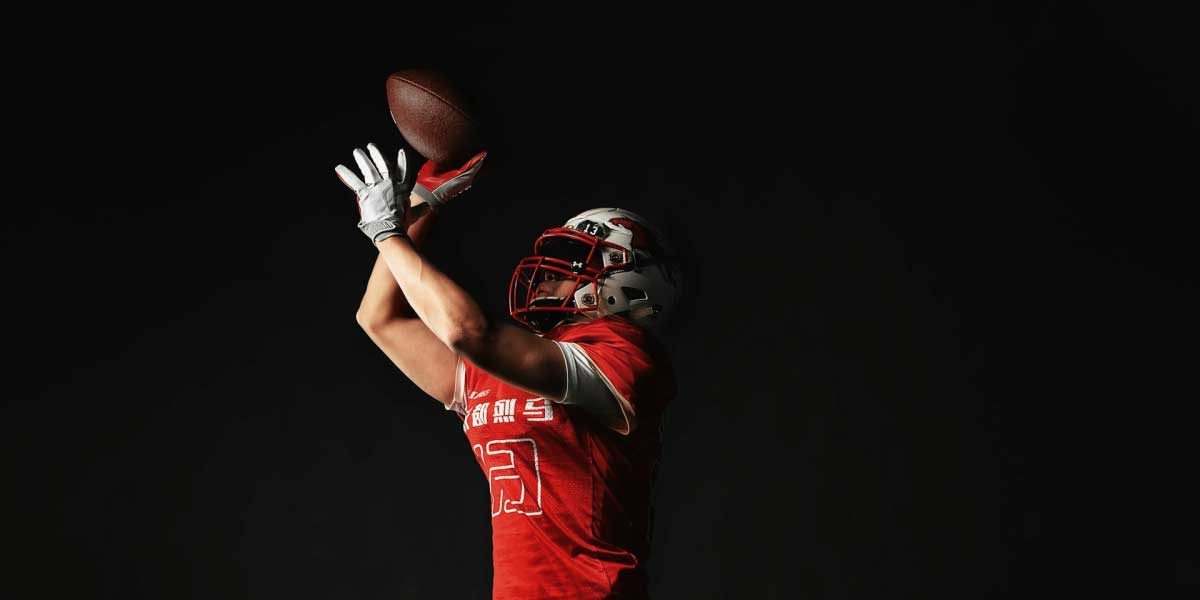Football is one of the most popular sports in the world, known for its physical intensity and high-impact play. Given the nature of the game, player safety is a top priority, and the sport is particularly strict about gear safety. This article explores why football is stringent about gear safety, highlighting the importance of protective equipment, the evolution of safety standards, and the impact on player health.
Importance of Gear Safety in Football
Football is a contact sport with a high risk of injuries. Players are frequently involved in tackles, collisions, and falls, which can lead to various injuries, ranging from minor bruises to severe concussions and fractures. Proper gear is essential to minimize these risks and protect players from serious harm.
The primary goal of strict gear safety is to protect players’ health. Protective equipment such as helmets, shoulder pads, and mouthguards play a crucial role in reducing the impact of collisions and preventing injuries. Ensuring that players wear the correct gear and that it meets safety standards is vital for their well-being.
Evolution of Safety Standards
In the early days of football, protective gear was minimal. Players often wore simple leather helmets and little else. As the sport grew in popularity and the understanding of sports injuries improved, there was a significant push to enhance gear safety. This evolution has been driven by advancements in technology and a growing awareness of the long-term health impacts of injuries.
Today, football gear is designed with advanced materials and technologies to offer maximum protection. Helmets, for instance, are equipped with cushioning systems to absorb impact forces, and face masks provide additional facial protection. Shoulder pads are designed to distribute the force of hits across a wider area, reducing the risk of fractures and dislocations.
Key Components of Football Gear
Helmets
Helmets are perhaps the most critical piece of safety gear in football. They protect the head and brain from the severe impacts that are common in the sport. Modern helmets include features like shock-absorbing padding, sturdy outer shells, and face masks. They are rigorously tested to ensure they can withstand high levels of force.
Shoulder Pads
Shoulder pads protect the upper body, including the shoulders, chest, and back. They are designed to absorb and distribute the force from tackles and collisions, preventing injuries like shoulder dislocations, fractures, and bruised ribs. Proper fitting and high-quality materials are crucial for their effectiveness.
Mouthguards
Mouthguards are essential for protecting the teeth and reducing the risk of oral injuries. They also play a role in preventing concussions by absorbing some of the shock from impacts to the jaw. Ensuring that players use properly fitted mouthguards is a standard practice in football.
Additional Protective Gear
Other protective gear includes gloves, thigh pads, knee pads, and padded pants. Each piece is designed to protect specific body parts from injuries, enhancing overall safety on the field. Gloves provide grip and protect fingers, while pads safeguard the legs and hips.
Regulations and Enforcement
Football’s strict adherence to gear safety is enforced by governing bodies such as the National Football League (NFL), National Collegiate Athletic Association (NCAA), and high school athletic associations. These organizations set and enforce standards for equipment to ensure player safety.
Regular equipment checks are mandatory at all levels of play. Officials and coaches are responsible for ensuring that players wear the proper gear and that it meets safety standards. These checks help prevent injuries and ensure compliance with safety regulations.
Impact on Player Safety
Strict gear safety has significantly reduced the incidence of severe injuries in football. Enhanced helmet designs have lowered the number of concussions, and improved padding has decreased the risk of fractures and dislocations. These advancements contribute to a safer playing environment.
Protective gear also offers long-term health benefits. By preventing injuries that could lead to chronic conditions or disabilities, gear safety helps players maintain their health and quality of life after their playing careers end. This focus on long-term well-being is a key reason for the sport’s strict safety standards.
Future of Gear Safety
The future of football gear safety lies in technological advancements. Innovations such as smart helmets with impact sensors, advanced padding materials, and improved ergonomic designs will continue to enhance player protection. Research and development in sports equipment technology promise even greater safety improvements.
Continuous improvement in safety standards is essential. Regular reviews and updates to safety regulations, based on the latest scientific research and technological developments, ensure that football remains a safe sport for all participants. The commitment to player safety drives ongoing enhancements in gear and safety practices.
Football’s strict approach to gear safety is crucial for protecting players from the high risks associated with the sport. The evolution of safety standards, advanced protective equipment, and rigorous enforcement by governing bodies all contribute to reducing injuries and safeguarding players’ health. As technology and research continue to advance, football will likely see even more improvements in gear safety, ensuring that the sport remains as safe as possible for future generations.
Read also: https://networth.us/unleashing-artistry-highlighting-creativity-in-music-videos/








